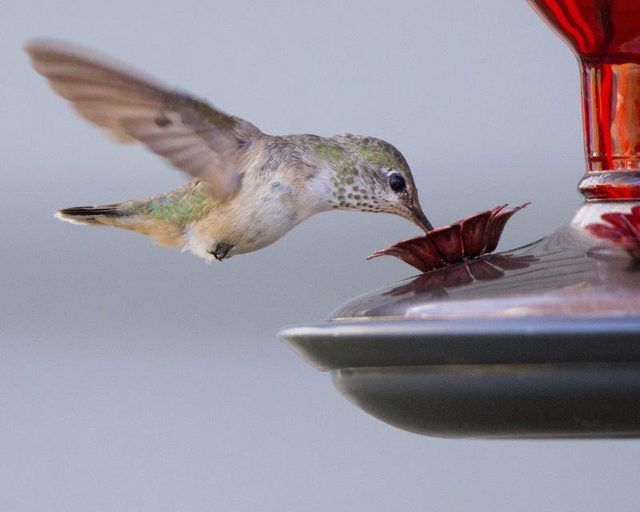Bulbs
Flower Basics
Flower Beds & Specialty Gardens
Flower Garden
Garden Furniture
Garden Gnomes
Garden Seeds
Garden Sheds
Garden Statues
Garden Tools & Supplies
Gardening Basics
Green & Organic
Groundcovers & Vines
Growing Annuals
Growing Basil
Growing Beans
Growing Berries
Growing Blueberries
Growing Cactus
Growing Corn
Growing Cotton
Growing Edibles
Growing Flowers
Growing Garlic
Growing Grapes
Growing Grass
Growing Herbs
Growing Jasmine
Growing Mint
Growing Mushrooms
Orchids
Growing Peanuts
Growing Perennials
Growing Plants
Growing Rosemary
Growing Roses
Growing Strawberries
Growing Sunflowers
Growing Thyme
Growing Tomatoes
Growing Tulips
Growing Vegetables
Herb Basics
Herb Garden
Indoor Growing
Landscaping Basics
Landscaping Patios
Landscaping Plants
Landscaping Shrubs
Landscaping Trees
Landscaping Walks & Pathways
Lawn Basics
Lawn Maintenance
Lawn Mowers
Lawn Ornaments
Lawn Planting
Lawn Tools
Outdoor Growing
Overall Landscape Planning
Pests, Weeds & Problems
Plant Basics
Rock Garden
Rose Garden
Shrubs
Soil
Specialty Gardens
Trees
Vegetable Garden
Yard Maintenance
When to Put Up a Hummingbird Feeder in New Jersey
When to Put Up a Hummingbird Feeder in New Jersey. New Jersey has no native year-round hummingbird population. So the annual return of ruby-throated hummingbirds from their southern winter homes is a big event for bird lovers across the state. A well-kept hummingbird feeder can keep the birds coming for months, until they head south again in fall....

New Jersey has no native year-round hummingbird population. So the annual return of ruby-throated hummingbirds from their southern winter homes is a big event for bird lovers across the state. A well-kept hummingbird feeder can keep the birds coming for months, until they head south again in fall. Putting your hummingbird feeder in place at the right time is important to ensure that food will be waiting for the birds when they return.
Preparing for the Spring Migration
Ruby-throated hummingbird is the only hummingbird species that regularly appears in New Jersey, although occasional sightings of western species such as black-chinned hummingbird and Allen's hummingbird are occasionally reported. Ruby-throated hummingbirds make their way north to New Jersey and other Northeast states every spring after spending their winters in South and Central America. Male hummingbirds arrive in New Jersey first, followed by females about two weeks later. April marks the beginning of hummingbird season in New Jersey, but exact dates vary by year and location.
Feeding the First Arrivals
Ruby-throated hummingbirds typically arrive in the southern part of New Jersey first, making their way northward throughout the month of April. According to New Jersey Audubon's website, the migration dates differ every year. Hummingbirds have been reported in the state as early as April 4 in some years while no birds are seen until as late as April 28 in other years. No harm results from putting out a hummingbird feeder early, and getting a feeder ready during the first week of April usually guarantees that it is in place for the first hummingbird of the season.
Feeding Hummingbirds in Summer and Fall
Many ruby-throated hummingbirds stay in New Jersey through summer, building nests and raising young. Others continue north to nesting areas in New England and Canada. You can leave a hummingbird feeder in your yard throughout the summer months, but it is important to clean the feeder and replace its nectar at least once each week to prevent spoilage and mold growth. During very hot weather, clean your hummingbird feeder every two or three days. New Jersey Audubon recommends cleaning a hummingbird feeder with hot, soapy water and then rinsing it with boiling water. Late June to early September is the peak feeding time for hummingbirds in New Jersey, and a feeder can become depleted on a daily basis during this period. Most hummingbirds leave New Jersey by the end of September, but a few may hang around until October or later.
Taking Down a Feeder
Leaving a hummingbird feeder outside in fall provides nourishment for the few resident hummingbirds that head south later than average, as well as for hummingbirds that pass through as they fly south from Canada and New England. Contrary to common myth, leaving a hummingbird feeder out late in the year will not harm the birds or cause them to delay migration. As the Cornell Lab of Ornithology points out in an AllAboutBirds.org blog, hummingbird migration is linked to day length and other factors. So no reason exists to take down a hummingbird feeder in fall until after you've gone two weeks without seeing a hummingbird. Some birders deliberately leave hummingbird feeders out as late as November because that is when sightings of rare western species are most likely to occur.